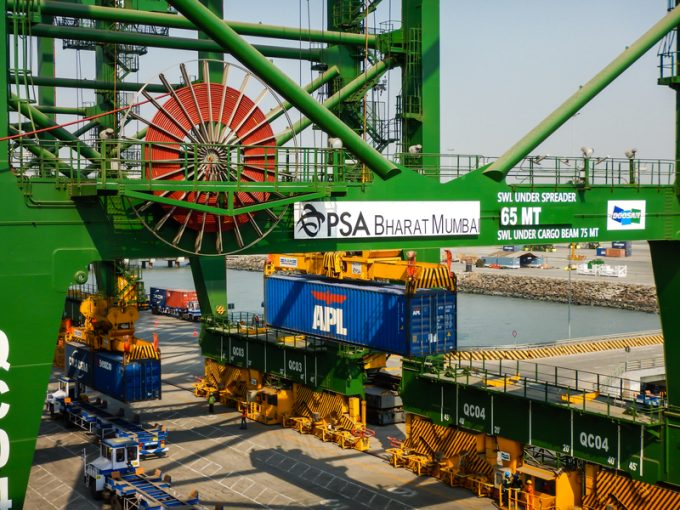Truckers say cargo logjams at Nhava Sheva are testing supply chains
Container hauliers serving terminals at India’s Nhava Sheva port (JNPA) continue to voice concerns over ...

Foreign container lines trading on Indian routes claim there is a significant sequential increase in direct port loadings because of improved cargo aggregation opportunities, presented by the modified cabotage policy implemented in 2018.
According to the Container Shipping Lines Association (CSLA), a further 1.8m teu of containerised shipments ? usually transhipped over foreign ports – were converted to connect direct services calling at major Indian ports last year, up from about 1.3m teu gained in 2020.
Of this, nearly 1.6m teu were ...
Volcanic disruption at Anchorage could hit transpacific airfreight operations
Macron calls for ‘suspension’ – CMA CGM's $20bn US investment in doubt
De minimis exemption on shipments from China to the US will end in May
Forwarders stay cool as US 'liberation day' tariffs threaten 'global trade war'
Mixed response in US to 'Liberation Day', while China leads wave of retaliation
Tariffs and de minimis set air freight rates on a volatile course
Transpacific contract rates rise on Trump’s fickle policies
Overcapacity looms for ocean trades – with more blanked sailings inevitable

Comment on this article
shamsundar Choughule
February 09, 2022 at 5:23 amGood article of Indian maritime transport